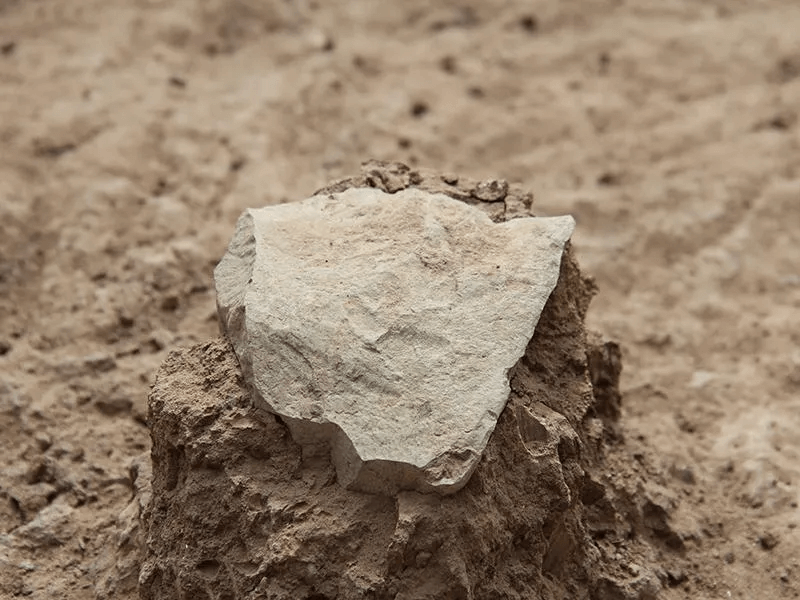BY THE ARCHAEOLOGIST EDITOR GROUP
In the vast expanse of time that traces back the journey of human evolution, a groundbreaking discovery stands as a testament to the tenacity and creativity of our distant ancestors. The Lomekwi stone tools, dating back over 3 million years, provide a rare and fascinating glimpse into the early stages of human tool-making and technological advancement. These artifacts, discovered in Kenya, challenge our perceptions of early hominid capabilities and revolutionize our understanding of the prehistoric world.
Discovering Lomekwi Stone Tools
The story of the Lomekwi stone tools began in West Turkana, Kenya, where a team of archaeologists led by Sonia Harmand and Jason Lewis stumbled upon a collection of peculiar stones in 2011. What initially seemed like an assortment of natural rocks soon revealed itself to be something extraordinary: a set of carefully crafted stone tools. Unlike other early tools, these artifacts were not the familiar handaxes or flakes but distinctive cores and sharp-edged flakes with unique features.
A timelapse video of the Lomekwi 3 exkavation
The Unconventional Design
What sets the Lomekwi stone tools apart is their unconventional design. Crafted by a pre-Homo sapiens hominid species, these tools challenge the traditional view of stone tool technology. The tools exhibit characteristics such as battering marks and distinctive surface patterns that suggest a unique approach to tool-making. This departure from the well-known Acheulean tools, often associated with Homo erectus, opens up questions about the diversity of early tool-making strategies.
Interpreting the Purpose
While understanding the precise purpose of these tools remains a challenge, the context in which they were found offers intriguing possibilities. The Lomekwi tools were discovered in close proximity to a riverbed, suggesting they might have been used for activities related to aquatic resources. Some theories propose that these tools could have been used for breaking open nuts or processing plant materials, indicating a level of adaptability in response to the available resources.
Implications and Controversies
The discovery of the Lomekwi stone tools has sparked both excitement and controversy within the archaeological community. Some experts argue that the tools could have been the result of natural processes, while others support the notion that they are indeed the earliest human-made artifacts. The implications of this discovery challenge our understanding of when and how hominids developed the ability to deliberately create tools for specific tasks.
Rewriting the Narrative
The Lomekwi stone tools are a reminder that our prehistoric ancestors were not only passive recipients of their environment but active agents capable of innovation and problem-solving. These tools have the potential to reshape our understanding of the cognitive and technological capacities of early hominid species. By opening new avenues of research and inviting fresh debates, the Lomekwi stone tools offer a remarkable opportunity to rewrite the narrative of our ancient origins.
Conclusion
The Lomekwi stone tools stand as a testament to the ceaseless curiosity that drives human inquiry. Their discovery challenges our assumptions about the timeline and complexity of early tool-making, inviting us to reconsider the dynamic journey that led to our modern technological achievements. As we unravel the enigma of the Lomekwi stone tools, we gain not only a deeper understanding of our past but also an appreciation for the ingenuity that has propelled our species forward throughout the ages.







